Retro Replay Review
Gameplay
Trilby: The Art of Theft delivers a meticulously crafted stealth platforming experience that keeps players on their toes from start to finish. You control Trilby, the suave British cat burglar, as he sneaks through single‐screen heists in the opulent Chapow City. Unlike run-and-gun platformers, every move in Trilby revolves around avoiding detection—hugging walls, timing tazer shots, and manipulating light to stay hidden. The eye and lamp icons in the HUD provide instant feedback on your visibility and ambient light level, making each room feel like a carefully guarded puzzle.
(HEY YOU!! We hope you enjoy! We try not to run ads. So basically, this is a very expensive hobby running this site. Please consider joining us for updates, forums, and more. Network w/ us to make some cash or friends while retro gaming, and you can win some free retro games for posting. Okay, carry on 👍)
The seven unique heists ramp up in complexity, introducing new security elements like cameras, lasers, electric circuits, and increasingly vigilant guards. Trilby’s limited tazer ammo forces you to plan takedowns strategically, while his umbrella becomes a surprisingly versatile tool for vertical traversal. Between missions, you earn reputation points based on time, loot collected, alarms triggered, and tazers expended, encouraging multiple playthroughs to optimize your approach and unlock new skills.
Speaking of skills, the Workhouse’s upgrade tree adds long-term progression to the tight, focused heist gameplay. From “Gecko Hold” for climbing sticky walls to “Electrician” for hacking circuits, these 14 abilities dramatically alter how you tackle each screen. If a mission feels too difficult, you can revisit earlier stages with new powers or costumes that grant minor buffs, keeping the challenge fresh while rewarding exploration and mastery.
Replayability is further enhanced by the ranking system: gold, silver, or bronze medals on each heist unlock additional rewards and cosmetics. Whether you’re a completionist chasing perfect runs or a casual player just wanting to relish the stealth mechanics, Trilby makes every attempt feel worthwhile. The limited resources and immediate death on detection create real tension, while the forgiving checkpoint structure prevents frustration after a swift discovery ends your run.
Graphics
Visually, Trilby: The Art of Theft sports charming 2D pixel art that pays homage to classic platformers while feeling entirely modern. Character animations are fluid, from Trilby’s cautious crouch to his triumphant loot‐grab pose. Guards patrol with lifelike pacing, and small details—like camera lenses swiveling or guards whispering to each other—add layers of ambience that reward careful observation.
The color palette shifts dramatically between levels, reflecting the varying themes of each heist: cold, neon glow in a high-end casino; warm, dusty tones in an old museum; and stark contrast in a high-security laboratory. Lighting effects are simple but effective—the lamp icon isn’t just a gameplay mechanic, it’s represented in‐game by pools of shadow that you can slip into. This dynamic use of light and dark elevates each screen’s design from static backdrop to interactive stage.
Menu interfaces and HUD elements are clean and unobtrusive, showing you only the essentials: health, tazer ammo, light meter, and detection meter. Tooltips explain new gadgets or mechanics with concise text. While there are no cutscenes in the traditional sense, brief text interludes between missions hint at the world beyond each heist room, and the in-game newspaper clippings celebrating Trilby’s exploits further reinforce the game’s cohesive visual style.
Overall, the presentation strikes a delightful balance between retro aesthetics and polished modern design. The simple pixel art never feels lazy or incomplete—every background clutter, window frame, and shadow cast has been considered to maximize clarity and atmosphere without overwhelming the player.
Story
Set in 1991, two years before the events of 5 Days a Stranger, Trilby: The Art of Theft expands on the lore of The Chzo Mythos by focusing on its charismatic anti-hero. Trilby leaves the English countryside for Chapow City, a glittering metropolis of opportunity and temptation. Although story details come primarily through mission briefings and newspaper headlines, the narrative provides enough context to make each heist feel personally meaningful.
The game doesn’t burden players with long exposition—most storytelling is environmental. A heavily guarded vault marked with occult symbols hints at deeper mysteries, while snippets of overheard guard dialogue occasionally reference shadowy figures from previous Chzo Mythos titles. Fans of the series will appreciate these nods, but newcomers can still follow the straightforward cat burglar plot without missing key beats.
Trilby himself is a charming protagonist, with understated humor woven into his internal commentary. He’s confident without being arrogant, pragmatic without feeling bland. As you read headlines about his escapades, you sense his reputation growing in both newspaper print and whispered rumors among rival thieves. The story progression feels earned as you unlock new skills and watch Trilby evolve from a small-time crook into a legendary master of stealth.
While the narrative pace is deliberately restrained to keep adrenaline levels high during gameplay, the snippets of backstory and evolving newspaper articles add surprising depth. By the time you complete the final heist, you’ve experienced a cohesive story arc that bridges neatly into the broader Chzo universe, setting the stage for future adventures—or disasters—to come.
Overall Experience
Trilby: The Art of Theft is a stealth platformer that respects your time and intelligence. Its bite-sized heists fit neatly into both short and extended play sessions, while the tension of being spotted keeps every move meaningful. The combination of strategic resource management, environmental puzzles, and skill upgrades creates an addictive loop of planning, execution, and improvement.
Though the game’s focus on single-screen levels may feel limiting to some, each new security challenge and skill unlock breaths fresh life into the gameplay. The sense of achievement from pulling off a perfect, undetected run is immense, especially after multiple retries in which you fine-tune your route and timing. Trilby’s upgrade tree and costume variety offer just enough customization to let you carve out a unique playstyle without overcomplicating the core stealth mechanics.
Graphically polished and narratively tight, Trilby avoids filler content and delivers exactly what stealth enthusiasts crave: well-designed levels, meaningful choices, and a protagonist worth rooting for. The lack of traditional cutscenes keeps the pacing brisk, yet small story touches and fanservice to The Chzo Mythos enrich the overall package for series veterans.
In short, if you’re looking for a stylish, challenging stealth platformer with replay value built into its very design, Trilby: The Art of Theft is an essential play. Whether you’re a longtime fan of the Chzo universe or new to Trilby’s capers, this game offers a smart, satisfying heist experience that will keep you coming back for just one more run.
 Retro Replay Retro Replay gaming reviews, news, emulation, geek stuff and more!
Retro Replay Retro Replay gaming reviews, news, emulation, geek stuff and more!

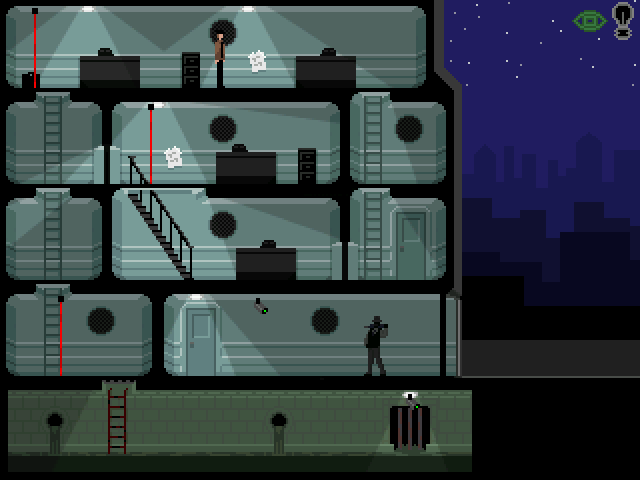
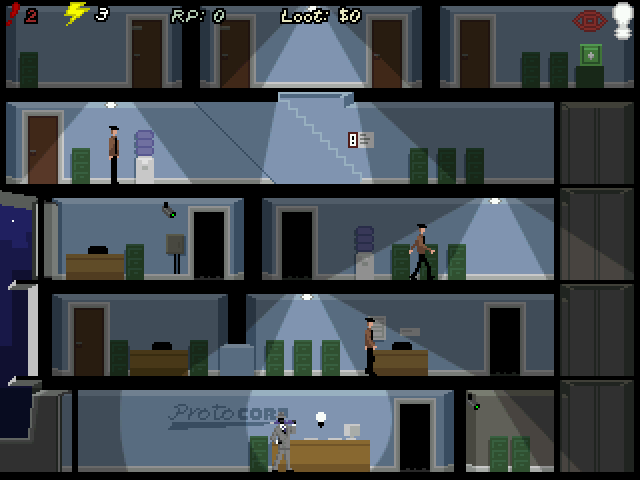
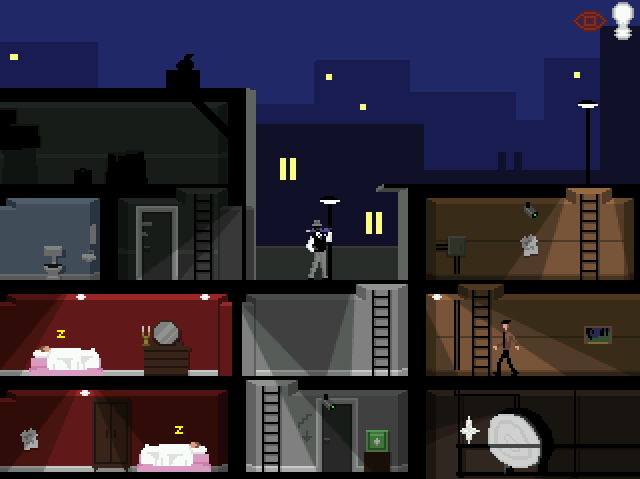
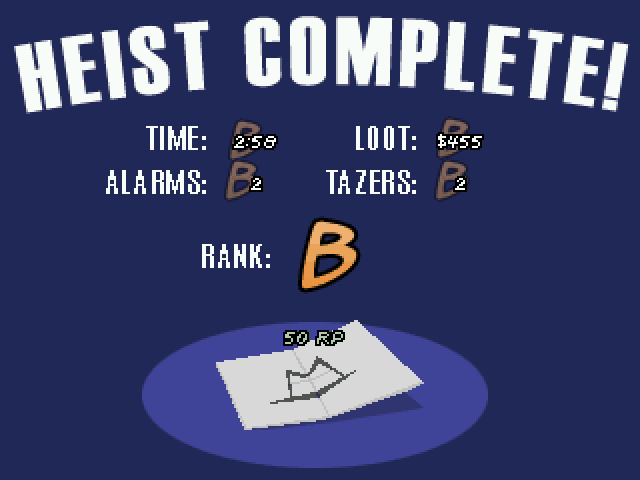
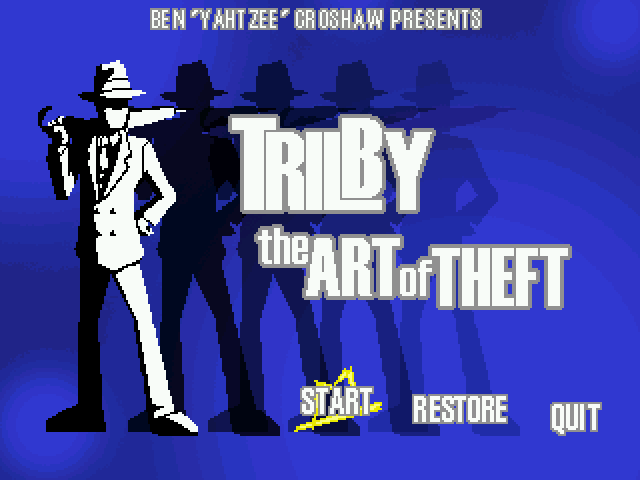



Reviews
There are no reviews yet.